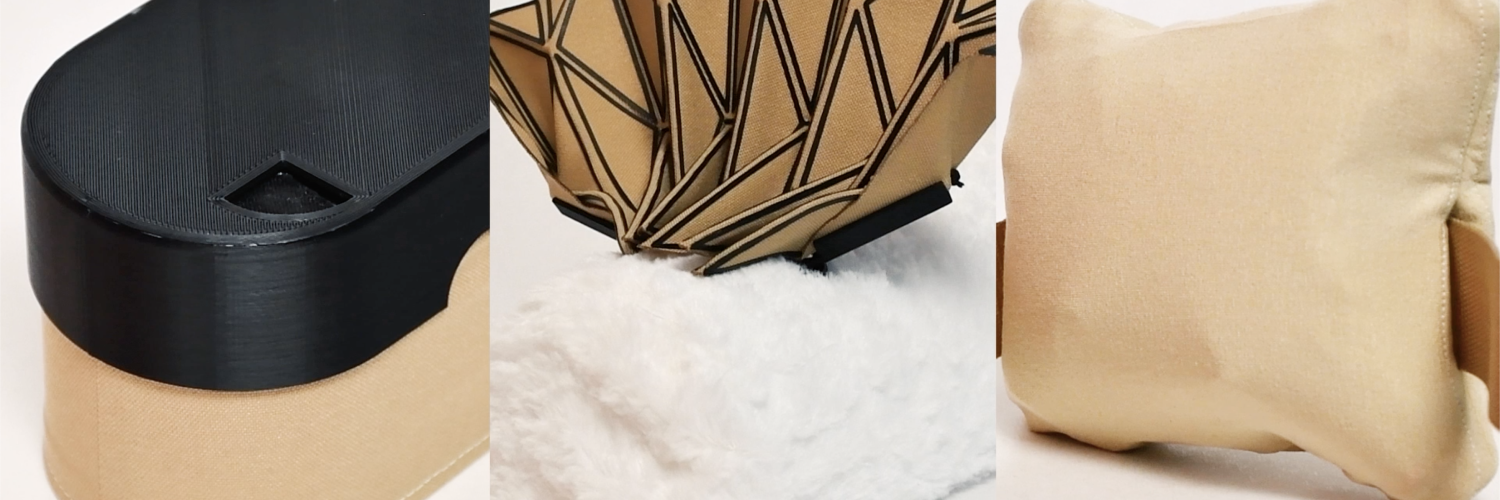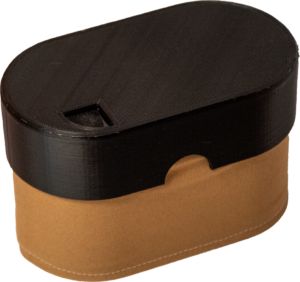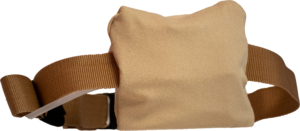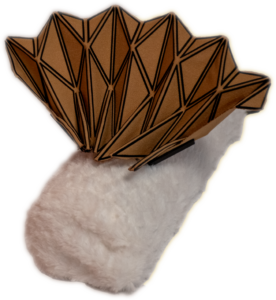



This work explores how intelligent agents can be made tangible through shape-change in the context of online clothes shopping. Instead of remaining invisible, intelligent agents become something you can see, feel, and interact with.
Through co-design sessions, we created prototypes that not only tested the usefulness of shape-change but also inspired new directions for intelligent agents and interfaces. Four key themes: Function, Type of Shape-change, Physical Appearance, and Interaction, came together in three innovative concepts.
These concepts were further developed into artifacts, tested in an exhibition, and shown as future scenarios where AI and shape-change form a tangible interaction loop, making AI more transparent, understandable, and experiential.
Together, they point toward a future where interfaces are not static screens, but living, shape-changing companions woven seamlessly into daily life.

